Summer Pest Control Time!
 We’re in the heat of our northeastern summer as July draws to a close, ushering in the month of August. Pests that have been hiding in and around your house begin to creep into view. You may experience sightings of rats, cockroaches, mosquitoes and other insects. This is common.
We’re in the heat of our northeastern summer as July draws to a close, ushering in the month of August. Pests that have been hiding in and around your house begin to creep into view. You may experience sightings of rats, cockroaches, mosquitoes and other insects. This is common.
Summer Pest Control – Why not DIY?
For many, upon sighting a pest, the first impulse is to take action immediately by eliminating that pest themselves. Out of sight, out of mind.
The problem with DIY approaches is that the pest you see is most likely not the only pest around. It may be just the tip of the iceberg with the real population somewhere hidden out of sight.
Summer Pest Control – Get at the cause.
Another issue: What conditions invited the pest into or around your home in the first place? View some of the articles on ApolloX Pest Control to learn the conditions that favor each type of pest. Your ApolloX pest control professional will not only eliminate the pests you see, but also the hidden pests. In addition, we’ll locate the cause of the pest infestation so that once the pests are gone, they won’t want to return.
Summer Pest Control – Be Safe.
 DIY pest extermination can be dangerous. Over the counter pest applications can be highly toxic, especially when applied without proper training and experience. ApolloX Pest Control experts will ensure that pest applications are applied safely, protecting your safety and that of your family.
DIY pest extermination can be dangerous. Over the counter pest applications can be highly toxic, especially when applied without proper training and experience. ApolloX Pest Control experts will ensure that pest applications are applied safely, protecting your safety and that of your family.
Summer Pest Control – Secure Your Home and Family.
DIY pest control is rarely effective, leaving the problem to progress. The pests are likely damaging your home. Termites, carpenter ants, cockroaches, rodents…these and others can permanently damage the wooden structure of your home, your electrical system (rodents chew through wires) while creating health hazards to your family (many of these pests spread dangerous bacteria and viruses).
Summer Pest Control – Eliminating the Pest Is the Least Expense.
It soon becomes clear that professionally eliminating the pest is far less expensive than replacing damaged siding, structural beams or recovering from a health issue caused by pests.
Summer Pest Control – Do It Right.
So, when you see that mouse, cockroach, spider, carpenter ant or yellow jacket nest, resist the DIY urge to just eliminate the pest you see. Call the professionals to safely eliminate the problem and its cause.










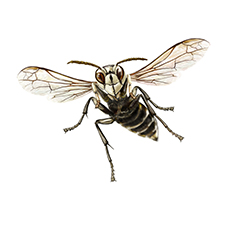

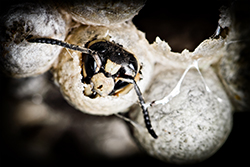

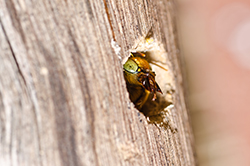
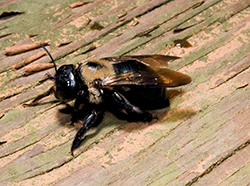
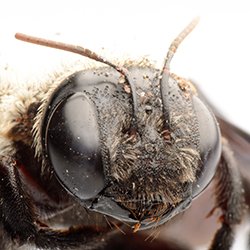






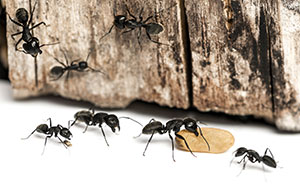
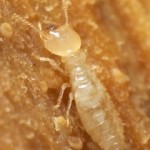






Recent Comments